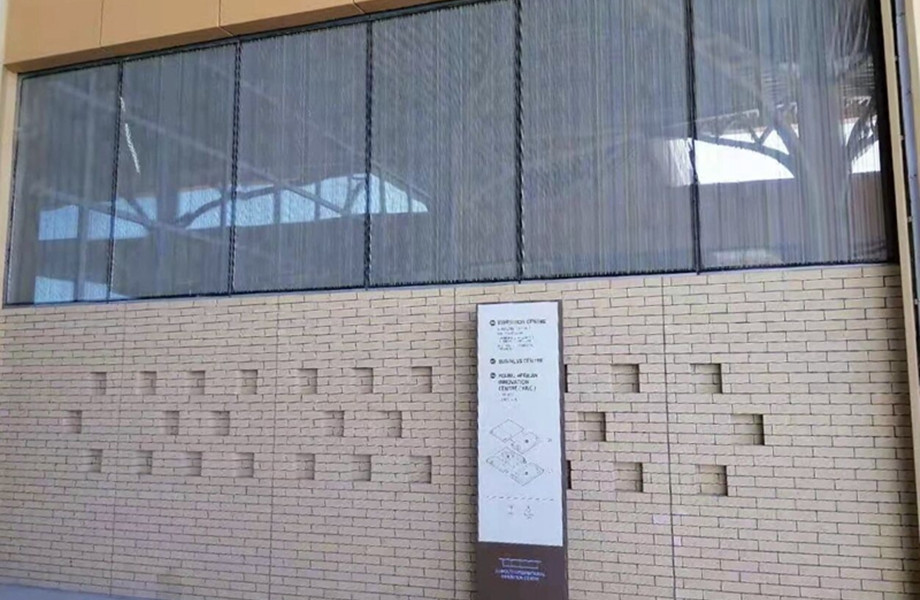PVB laminated glass, also known as polyvinyl butyral laminated glass, stands at the forefront of safety and durability in the realm of architectural glass solutions. With its unique composition and advanced features, it has become a staple in various construction projects, offering unparalleled protection and aesthetics.
Introduction to PVB Laminated Glass
PVB laminated glass is crafted by sandwiching one or more layers of polyvinyl butyral (PVB) between two or more glass panes. This process involves subjecting the materials to high temperature and pressure, resulting in a cohesive structure that offers exceptional resilience against impact and external forces.
When considering glass products for construction purposes, certifications play a crucial role in ensuring quality and reliability. The CE SGCC certification serves as a mark of compliance with European standards, affirming that the laminated glass meets stringent criteria for safety, durability, and performance.
Advantages of PVB Laminated Glass
A. Enhanced Safety Features
One of the primary advantages of PVB laminated glass is its unparalleled safety features. In the event of breakage, the PVB interlayer holds the shattered glass together, preventing it from scattering dangerously. This property significantly reduces the risk of injuries caused by sharp glass fragments, making it an ideal choice for applications where safety is paramount.
B. Superior Sound Insulation
In addition to its safety benefits, PVB laminated glass offers excellent sound insulation properties. The PVB interlayer acts as a sound barrier, effectively dampening external noise and providing occupants with a quieter and more comfortable environment. This makes it particularly suitable for buildings located in noisy urban areas or near transportation hubs.
C. Anti-UV Properties
PVB laminated glass also boasts impressive anti-UV capabilities, making it suitable for both indoor and outdoor applications. The interlayer effectively filters out harmful ultraviolet rays, protecting interior furnishings, artworks, and occupants from sun damage. This feature extends the lifespan of interior materials and enhances the overall quality of indoor spaces.
Applications of PVB Laminated Glass
A. Guardrails and Balustrades
PVB laminated glass finds widespread use in guardrails and balustrades, where safety and aesthetics are paramount. Its ability to withstand impact and adhere to safety regulations makes it an ideal choice for providing fall protection without compromising visibility or design.
B. Bathroom Installations
In bathrooms, PVB laminated glass offers a perfect blend of functionality and style. Whether used for shower enclosures, partitions, or splashbacks, its safety features make it a preferred choice for environments where water and slippery surfaces pose a risk.
C. Interior Partitions and Curtain Walls
For interior applications such as partitions and curtain walls, PVB laminated glass provides designers with versatility and peace of mind. Its sound insulation properties contribute to a quieter and more comfortable indoor environment, while its safety features ensure compliance with building codes and regulations.
Conclusion
In summary, PVB laminated glass stands out as a superior choice for architects, designers, and builders seeking safety, durability, and performance in their projects. From its enhanced safety features to its sound insulation and anti-UV properties, it offers a myriad of benefits that elevate the quality and functionality of architectural spaces.


.jpg)
.jpg)
.jpg)
.jpg)
.jpg)
.jpg)


.jpg)
.jpg)
.png)
.png)
.png)
.jpg)
.jpg)